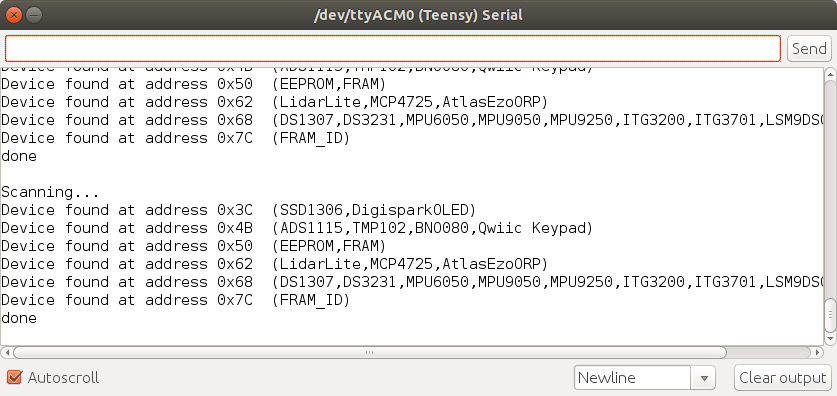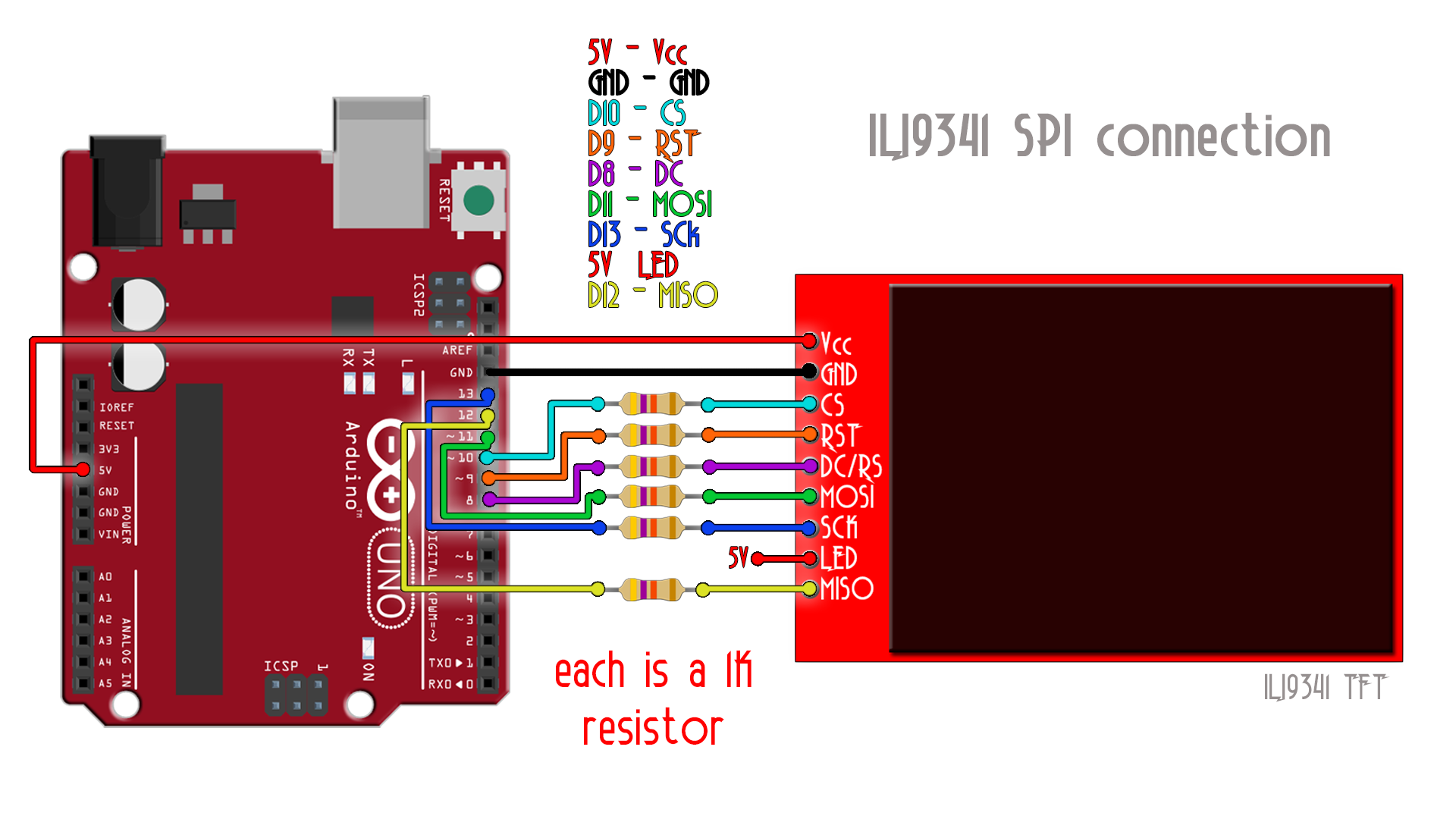

(You can have several blocks of 4 74x595s if needed) One of the extension modules allows you to use an ATmega (e.g. WiringPi is extendable and modules are provided to extend wiringPi to use analog interface devices on the Gertboard, and to use the popular MCP23x17/MCP23x08 (I2C 7 SPI) GPIO expansion chips, as well as module that will allow blocks of up to 4 74×595 shift registers to be daisy-chained together for an additional 32-bits worth of output as a single unit. You can use this to read and write the pins and even use it to control them from shell scripts. WiringPi includes a command-line utility gpio which can be used to program and setup the GPIO pins. The I2C, SPI and UART interfaces can also be used as general purpose I/O pins when not being used in their bus modes, giving a grand total of 8 + 2 + 5 + 2 = 17 I/O pins on the P1 connector (plus 4 more on the P5 connector on a Revision 2 Pi) and 28 I/O pins on the B+ and version 2 and 3 boards (Although 2 are reserved for the HAT I2C interface, but can be used as normal GPIOs if not using a HAT board)


The model A which is essentially the same as the model B v1.1 but without the USB hub and ethernet connector.The model B, Revision 1.1 Raspberry Pi has an additional 4 GPIO lines on a separate connector which you have to solder onto the board.The original model B with the 26-pin GPIO connector.

Over the years there have been some updates: Additionally there is a 2-wire I2C interface and a 4-wire SPI interface (with a 2nd select line, making it 5 pins in total) and the serial UART with a further 2 pins. Two of these pins (on 40-pin Pi’s, just one on 26-pin Pi’s) can be designated for hardware PWM output too. There are 8 general purpose digital I/O pins – these can be programmed as either digital outputs or inputs. The original Raspberry Pi Model A and B version B1 was a $35 single board computer with a 26-pin General Purpose Input/Output (GPIO) connector and this carries a set of signals and buses.


 0 kommentar(er)
0 kommentar(er)
